Winter Swings
by: Paul Hetzler
Sometimes it feels as though Old Man Winter has a temperature-oscillation App, which he turns on before disappearing for a week or two, probably to someplace warm. I'm not claiming that our early winter weather has been hard, just temperamental. The thermometer has bounced up and down, from mild to 20 below zero, and back to rain in the same week. I’m all for unexpected plot twists, but once you see the pattern, the story gets tedious.

Following each weather swing, I hear people say how confusing it is to rake leaves one day, shovel snow the next, then have to use crampons the following day because of freezing rain. If you think it’s annoying for us humans, who have the luxury of retreating into our warm homes, imagine how the animals feel. Freezing rain can really mess things up for resident songbirds.
Chickadees are not able to break apart birch and alder catkins, upon which they depend for food. Nuthatches can’t extract seeds from pine and spruce cones, which are encased in ice. Such glaze events are normal, of course, but they occur more often when winter changes its mind every few days. An ice crust on top of snow can make it hard for grouse and turkeys, and deer as well, to find browse.
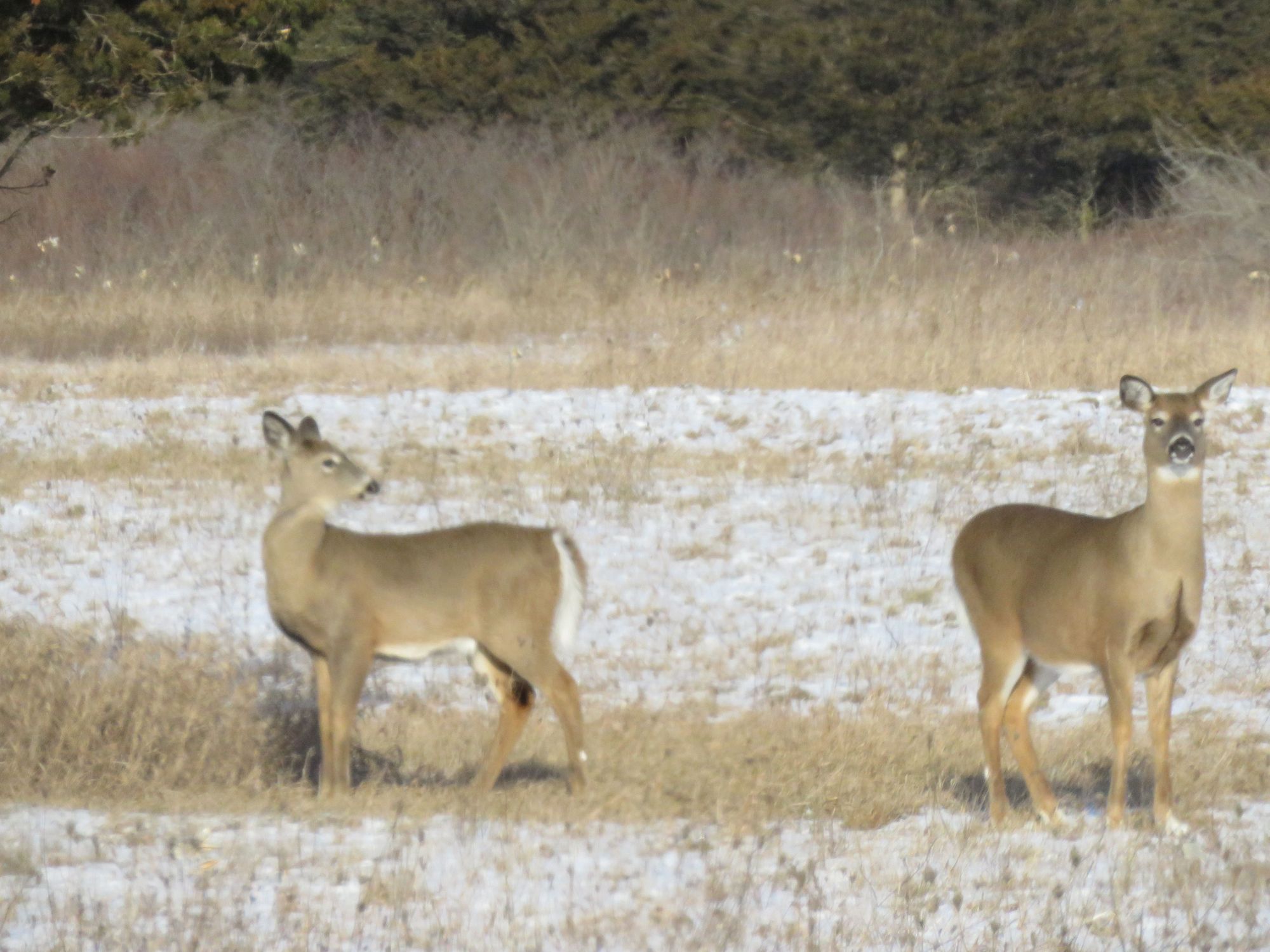
It’s kind of obvious that deep snow prevents deer from reaching vegetation on the ground, in addition to hampering their movement. As the snowpack gets forty or more centimetres deep, their bellies drag, and it’s hard for them to raise their legs high enough to take a step. In these conditions, deer will “yard up,” finding shelter in a conifer stand. Under an evergreen canopy there is much less snow on the ground because the foliage intercepts a lot of snow. The problem is that there is very little to eat, and starvation sometimes occurs in deer yards.
During harsh winters, a lot of turkeys also starve to death. Typically, they forage by walking along and scratching at the duff to unearth food, something they can’t do in deep snow. Turkeys will seek berries that remain on shrubs and trees like highbush cranberry, hawthorn, sumac and hackberry, but those foods are limited.
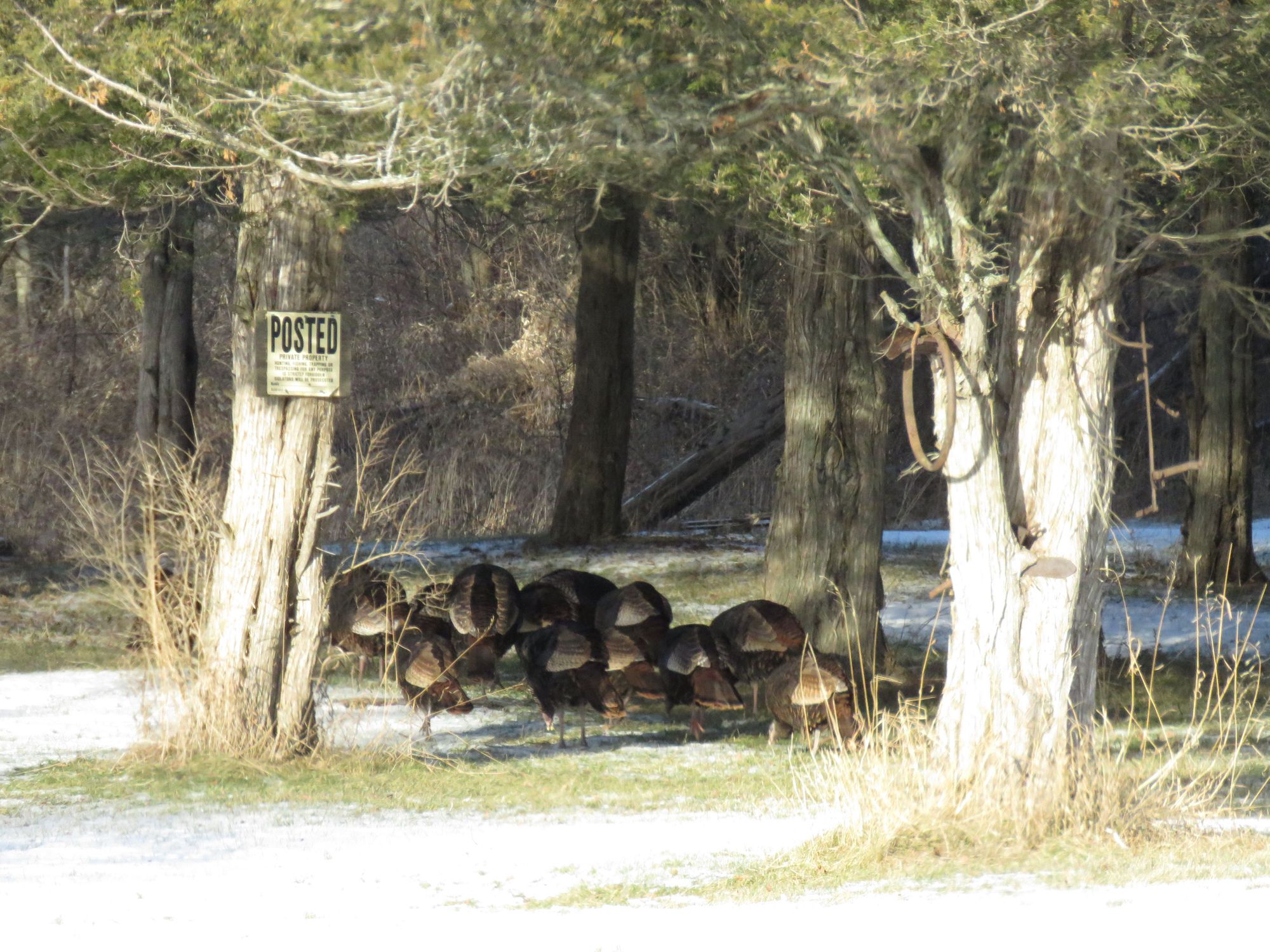
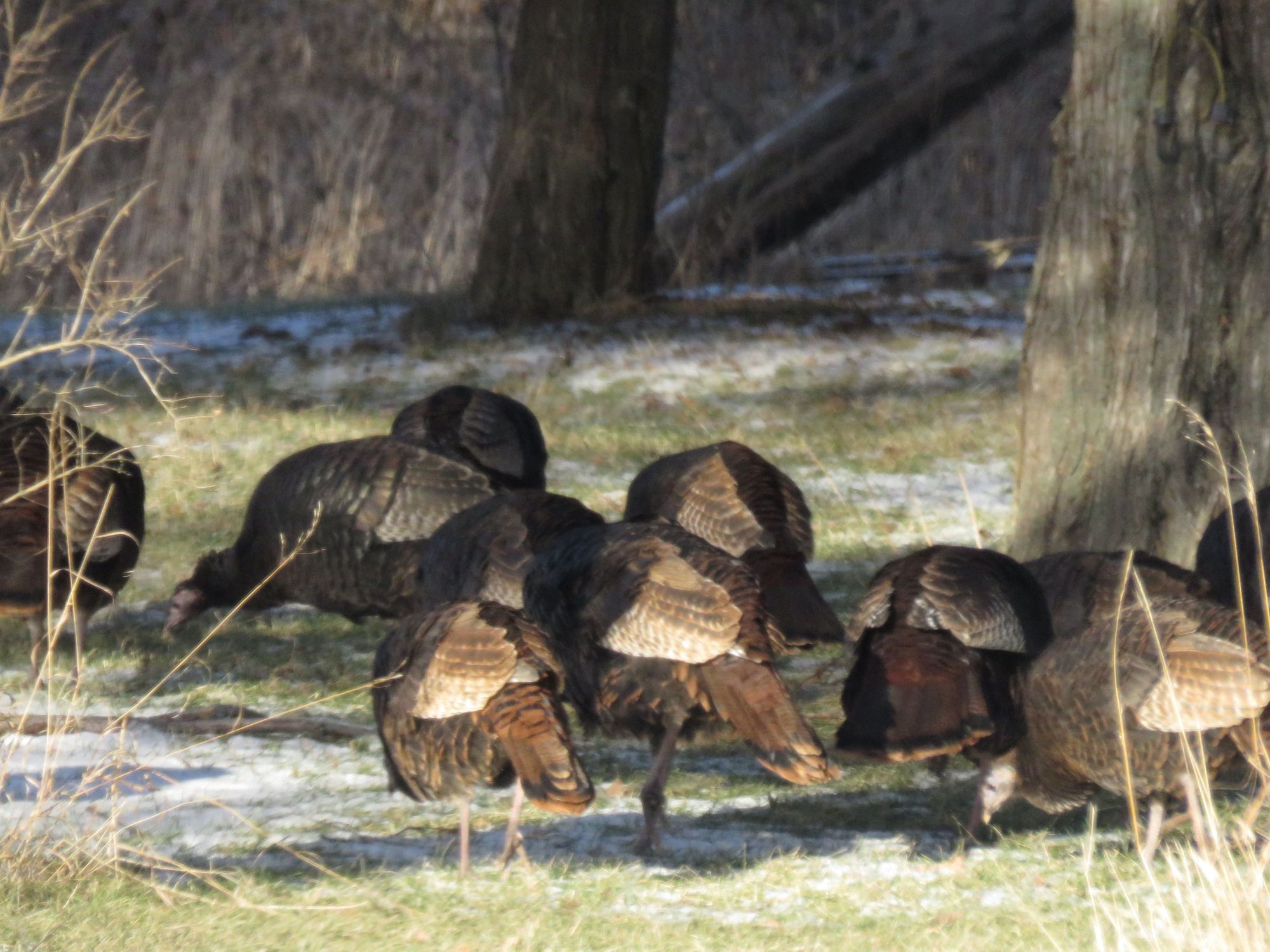
Yet some creatures depend on snow for survival. Small rodents, meadow voles in particular, fare well in in the world under the snow, also known as the subnivean environment. They’re safe from birds of prey, their most significant predators, and can find plenty of weed seeds and other vegetation on which to feed. Unfortunately, this sometimes includes the bark of small tree trunks, much to the disappointment of orchardists and homeowners. However, at higher elevations, the American or pine marten hunts rodents under the snow.
When the white stuff piles up, Showshoe hares, with their furry oversize feet, have an advantage over predators, such as dainty-footed foxes. But with recurrent freeze-thaw cycles, that advantage melts away. And certain species wear white during the cold months. White camouflage doesn’t work for ermines and hares when fickle weather keeps swapping out the background color.
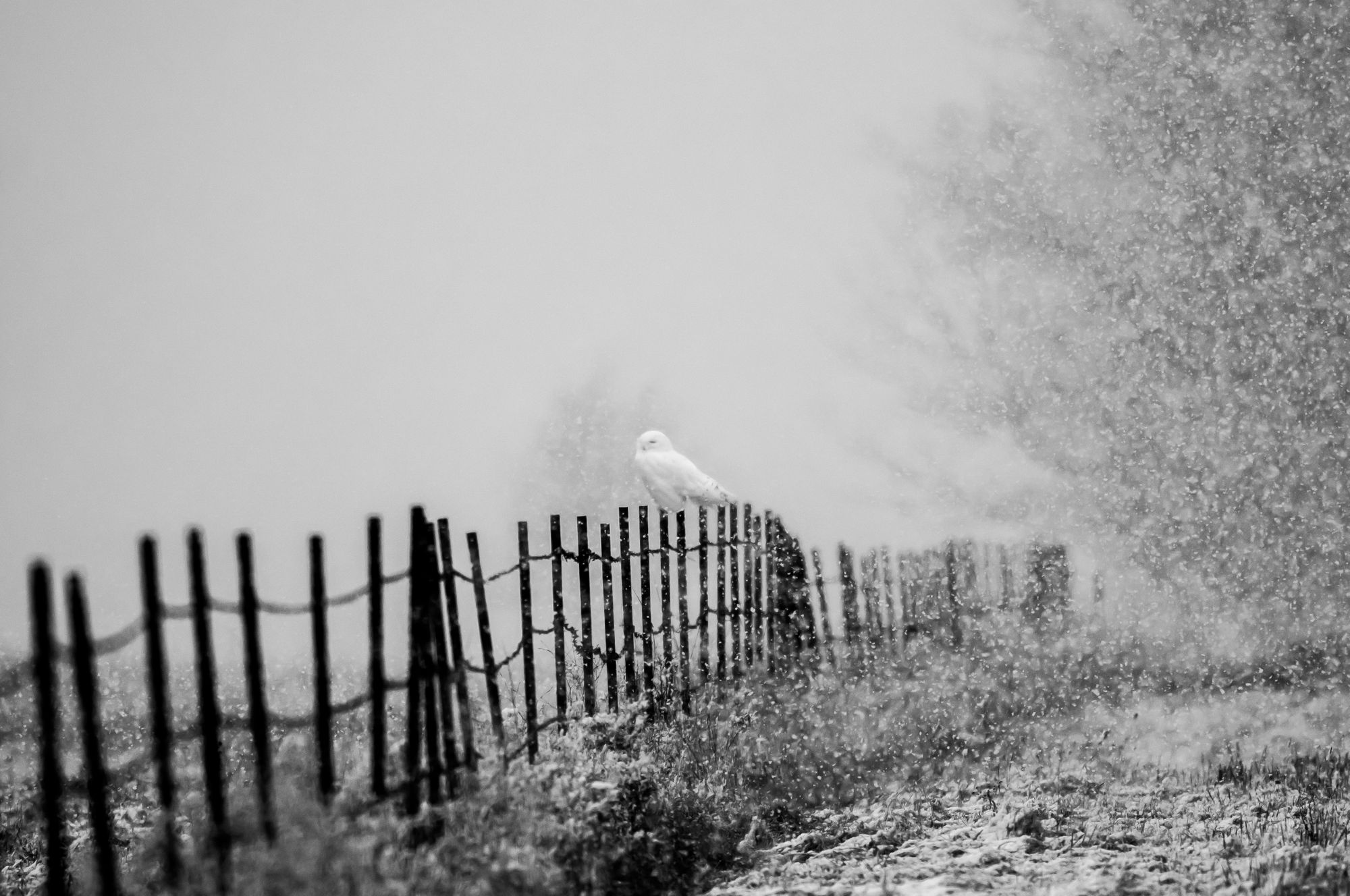
Winter conditions affect aquatic life, too. Oxygen enters water, through surface contact with air, and from aquatic plant photosynthesis. Ice and snow on waterways cut-off sunlight to plants, as well as air-to-water contact.
Typically, a small number of fish die under the ice every year. In winters with prolonged ice cover, though, oxygen in the water can become so depleted that large numbers of fish may suffocate. Fish aren’t the only ones using oxygen under the ice – decaying vegetation in the bottom sediments, or benthos, use up far more than the fish do.
I hope that Old Man Winter will soon come back, all suntanned and happy, and turn off the “App of ice and fire” so we can get on with a proper season.
By Paul Hetzler
Paul Hetzler wanted to be a bear when he grew up, but failed the audition. Having gotten over much of his self-pity concerning that unfortunate event, he now writes essays about nature, including bears, once in a while. His book “Shady Characters: Plant Vampires, Caterpillar Soup, Leprechaun Trees and Other Hilarities of the Natural World,” is available on amazon.com, amazon.ca (Canadian), and the convenient Amazon.com (Kindle). The book was also reviewed in the December issue of TI Life.


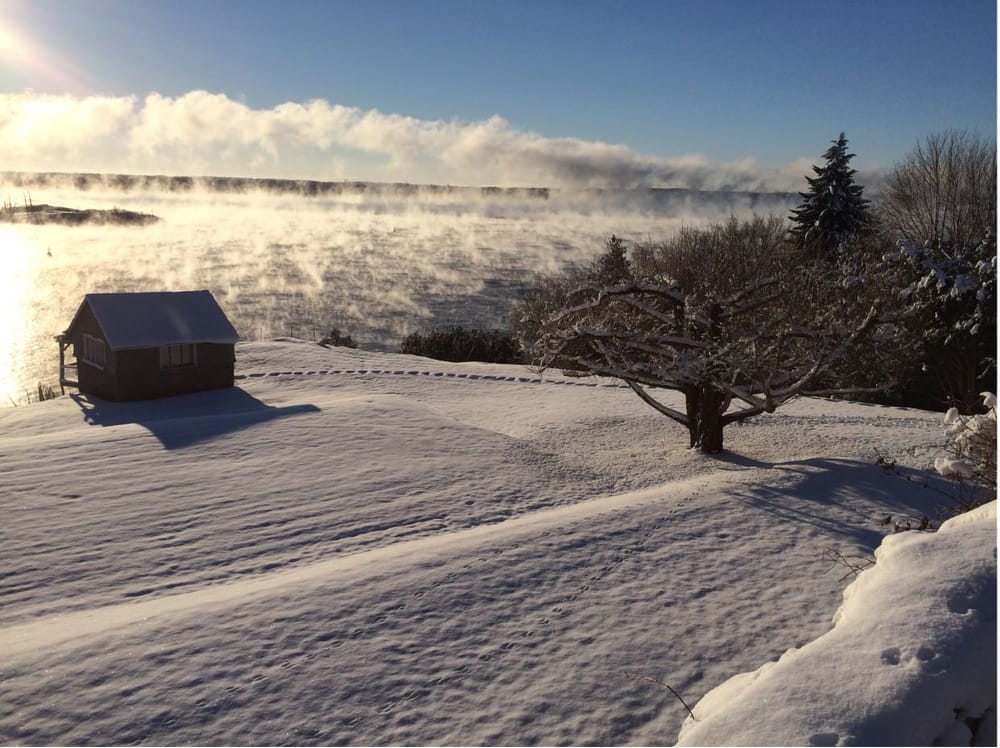

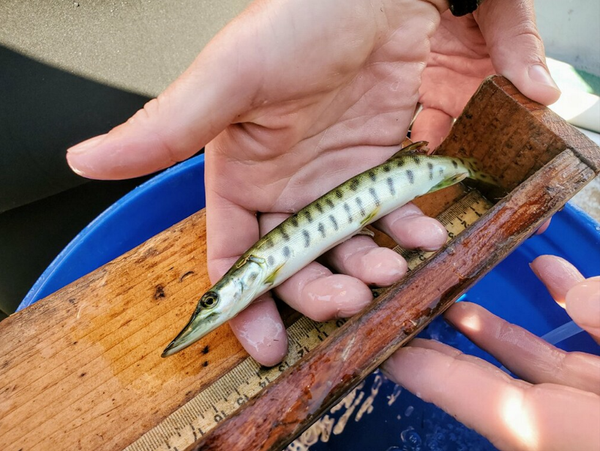
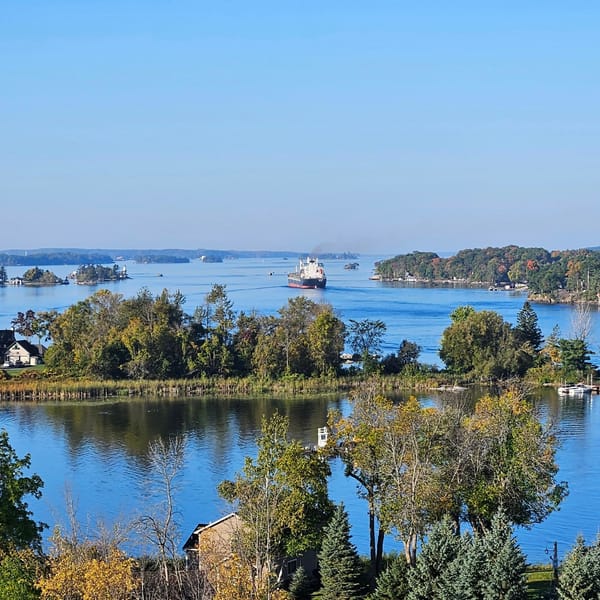
Please click here if you are unable to post your comment.